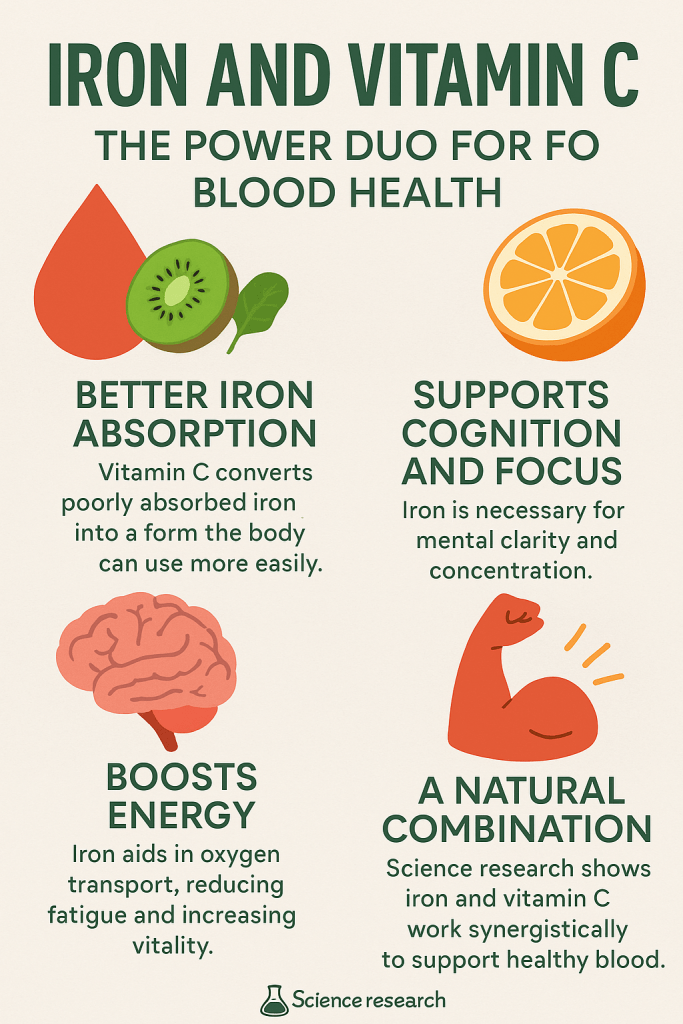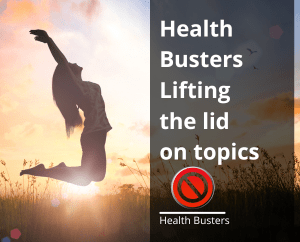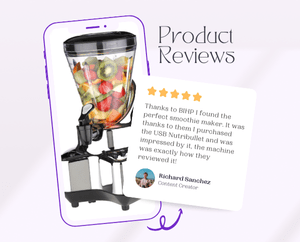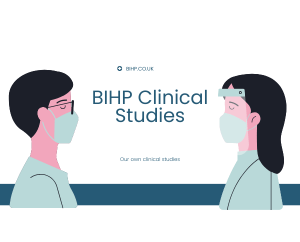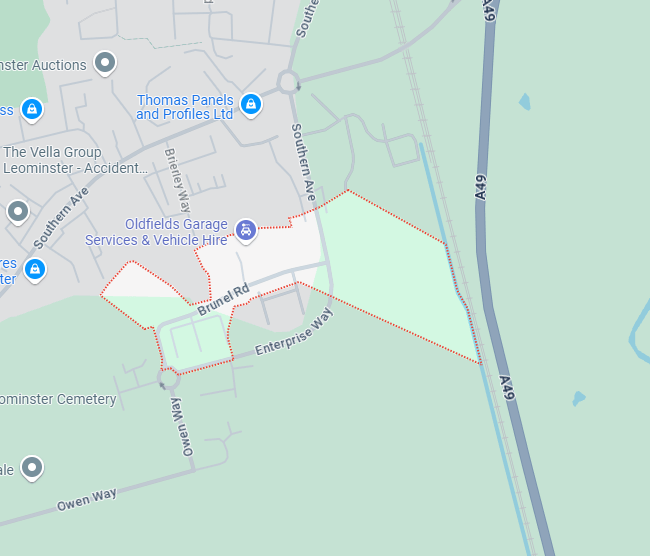Iron and Vitamin C: A Natural Duo for Blood Health
Iron and vitamin C aren’t just nutrients on a label. They’re a team — one that plays a key role in how your blood works, how your body absorbs fuel, and how energised you feel every day.
I’ve always thought of iron as the power behind my blood. But what surprised me was how vital vitamin C is to get that power going. You can be eating plenty of iron, but if your body isn’t absorbing it properly, it won’t do much good.
This combo works — and not just on paper. I’ve felt it in my energy, my skin, even my sleep.
Let’s break it down.
What Iron Actually Does in the Body
You’ve probably heard it helps carry oxygen. That’s true — but it’s not just about breath.
Iron is what helps haemoglobin (a protein in red blood cells) move oxygen around your body. Without enough of it, cells struggle. You might feel tired, weak, dizzy, or just off.
Some people are more at risk of low iron — especially women, athletes, vegans, and those with certain gut issues. And if you’ve ever had blood tests come back low, you’ll know how tricky it can be to bounce back.
That’s where vitamin C steps in.
Why Iron and Vitamin C Go Hand in Hand
Iron is tricky to absorb — especially from plant-based sources. The type found in meat (heme iron) is easier for the body to use. But non-heme iron (from plants, grains, seeds, etc.) needs a helping hand.
That’s where vitamin C changes the game.
It binds with iron and keeps it in a form that your gut can actually take in. Without it, a good chunk of the iron you eat may just pass through. But when you combine the two — say, spinach with lemon, or beans with red peppers — your body can make better use of it.
That’s a big deal, especially if you’re eating well but still low in iron.
What I Noticed After Getting My Intake Right
I started being more deliberate with how I paired foods. Iron-rich meals always got a dose of something citrusy or colourful — oranges, tomatoes, kiwi, peppers.
It didn’t take long to feel the shift.
My focus improved. I didn’t crash mid-afternoon like before. Even my skin tone evened out — less dull, more glow. That might sound dramatic, but blood flow and oxygen affect every part of you.
And it wasn’t just me. I’ve spoken to others who felt stronger, more stable, and less wiped out after tuning up this combo.
Natural Sources of Iron (and How to Pair Them)
If you’re aiming to build iron levels naturally, here’s what worked for me:
-
Spinach + Lemon juice
-
Lentils + Tomatoes or peppers
-
Chickpeas + Raw sauerkraut or oranges
-
Pumpkin seeds + Kiwi or pineapple
-
Dark chocolate + Strawberries
You don’t need to go overboard. Just add a pop of vitamin C-rich food alongside your iron source. That small tweak goes a long way.
And if you’re using supplements? Look for a combo product, or take your iron tablet with fresh juice instead of plain water.
Science-Backed Synergy
There’s plenty of research behind this. Studies have shown that vitamin C can increase non-heme iron absorption by as much as four times. That’s not just useful — that’s essential for anyone who’s low in iron or dealing with absorption issues.
You’ll often see nutritionists and doctors recommend this pairing, not just for efficiency, but also because it’s gentle. Natural combinations tend to be easier on the gut than high-dose iron pills alone.
A Few Gentle Warnings
While iron is vital, too much isn’t good either. If you’re already getting iron from multiple sources — or on a supplement — it’s worth checking levels with a GP before adding more. Especially if you’re male, postmenopausal, or prone to digestive inflammation.
Vitamin C, on the other hand, is generally safe in higher amounts. But still — food first is always my motto. The body tends to absorb what it needs better from a meal than from a megadose capsule.
Final Thoughts: Iron and Vitamin C Work Better Together
Iron and vitamin C are a quiet powerhouse — especially when it comes to blood, energy, and immune resilience.
If you’ve been feeling off, lacking spark, or dragging your feet, try this simple shift. Eat your iron with a splash of colour. Pair lentils with lemon, dark greens with peppers, seeds with kiwi.
It’s subtle. It’s sustainable. And it can make a noticeable difference — not just on paper, but in how you feel day to day. 🩸 We’ve also covered how fenugreek tea can help support your digestive and hormonal balance naturally.
Sometimes, getting back to basics is the most powerful move of all. Looking to take your vitamin C game even further?
Our in-depth post on liposomal vitamin C breaks down how this highly absorbable form works with your body — especially if you’re aiming to improve energy, immunity, or iron uptake from food.

